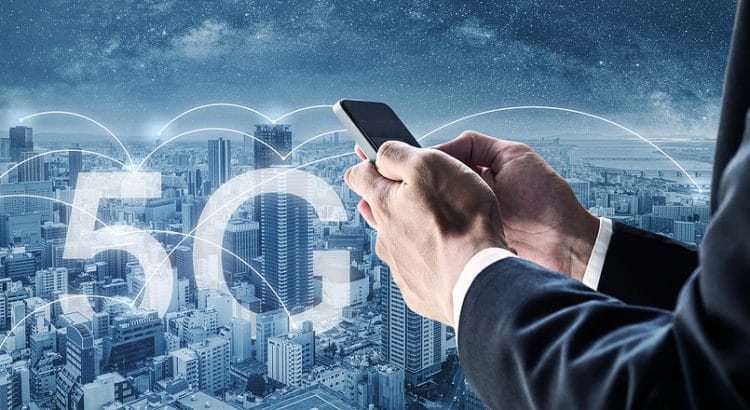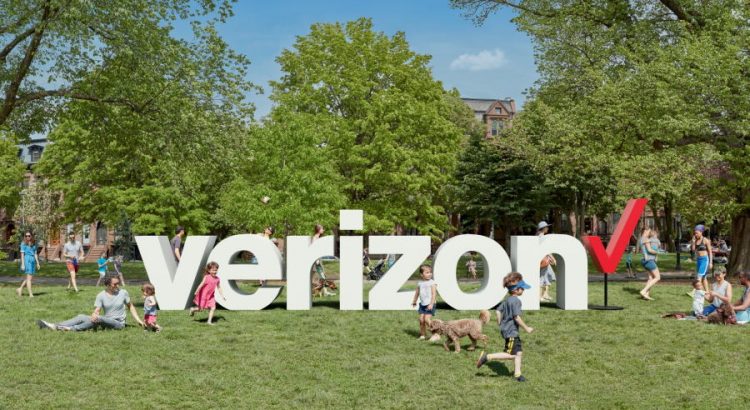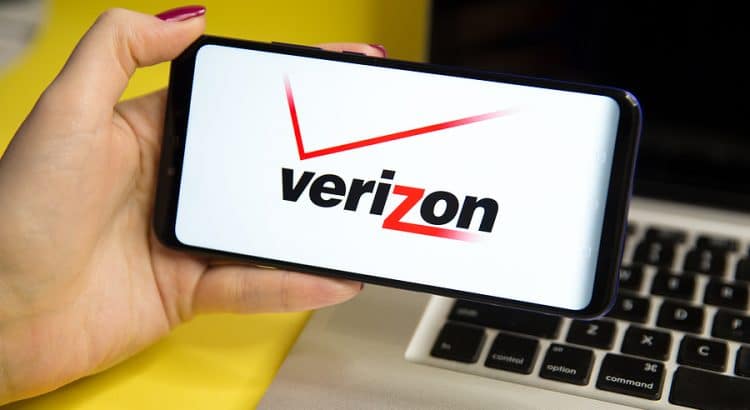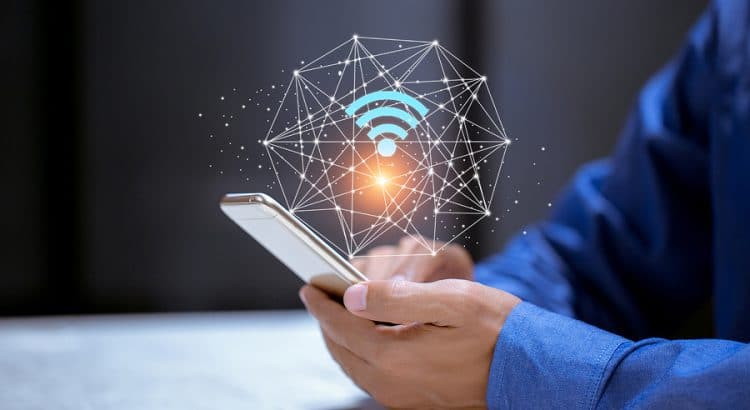Verizon is planning to acquire over 200,000 subscribers and some assets from Bluegrass Cellular, a network operator in central Kentucky. In comparison to recent mergers and acquisitions in the cellular industry, this latest acquisition is small. Bluegrass subscribers represent less than 0.1% of subscribers in the U.S. market.
Earlier this year, I was surprised to see a company as small as Bluegrass on the short list of only eight carriers that support the latest Apple Watches. I wonder if Bluegrass only made the list because an acquisition by Verizon was in the works.
The planned acquisition will have to be approved by the FCC. Verizon expects the deal to close in late 2020 or early 2021.













